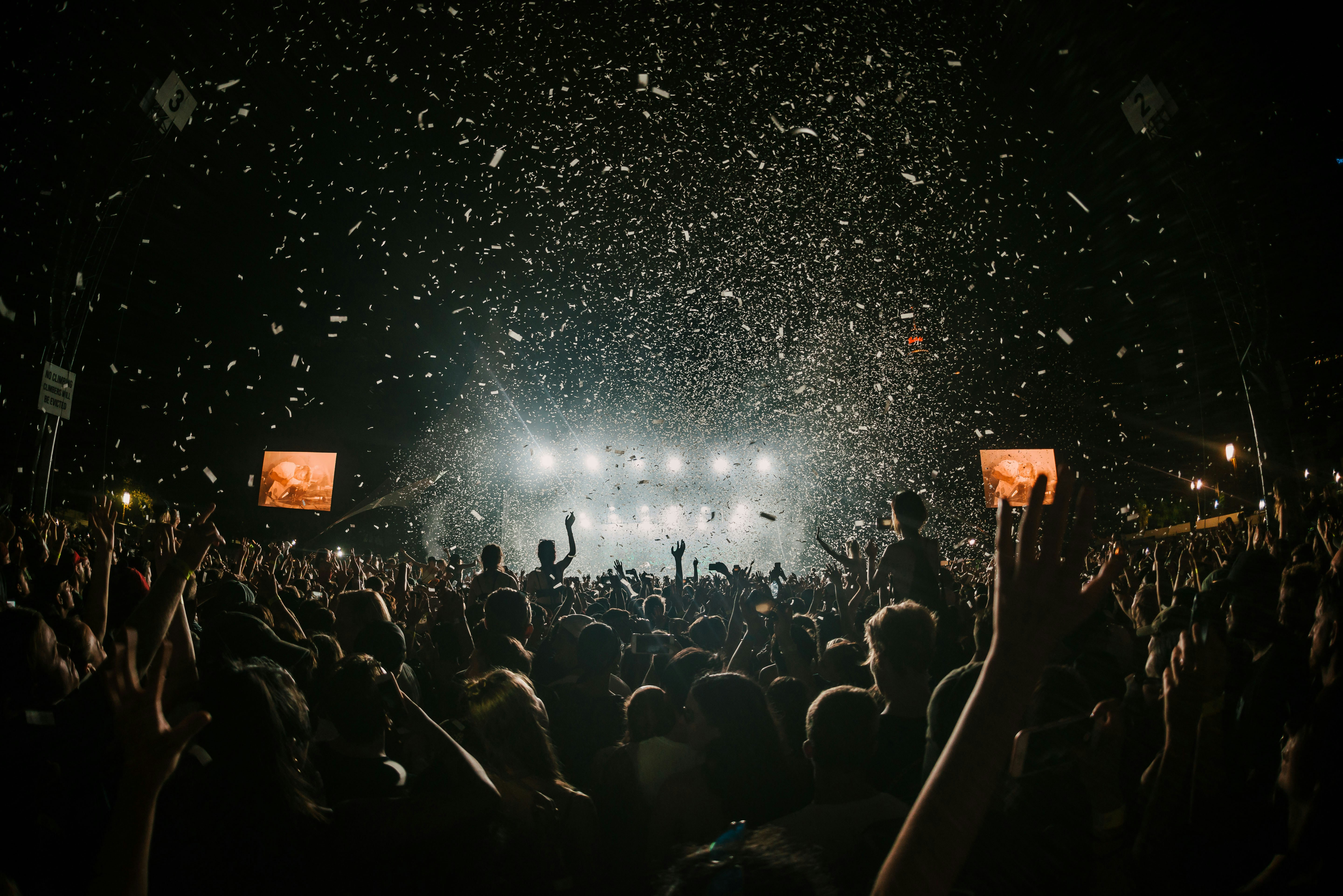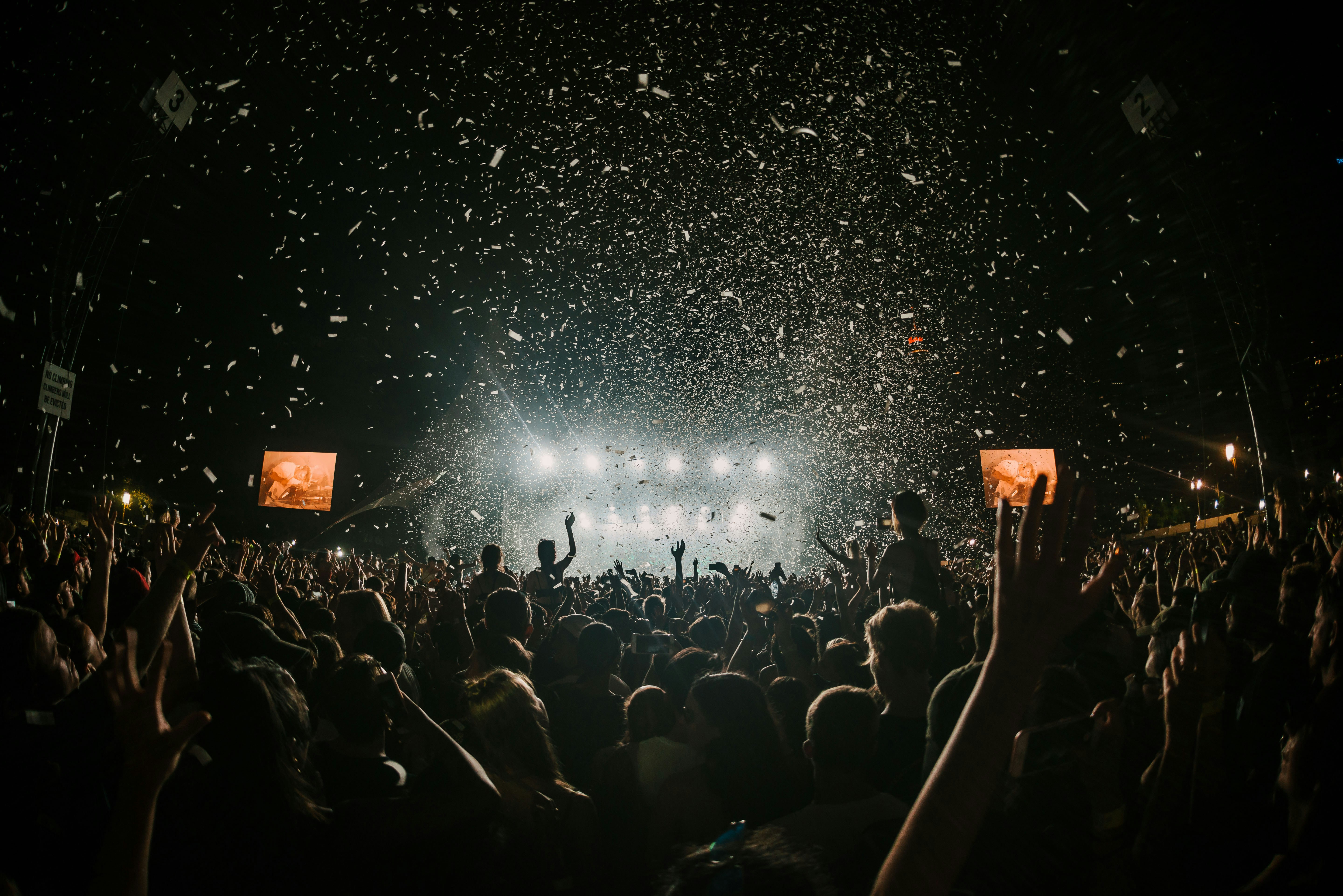One of the most famous festivals celebrated in Jaipur is the Jaipur Literature Festival. This annual event, held in January, attracts renowned authors, poets, and literary enthusiasts from all over the world. The festival features a series of panel discussions, book readings, and interactive sessions with acclaimed writers, providing a platform for intellectual discourse and the exchange of ideas.
Another significant festival in Jaipur is the Gangaur Festival, dedicated to the Hindu goddess Gauri, who symbolizes purity and marital bliss. Celebrated in March or April, this festival is a time for women to dress up in traditional attire, adorn themselves with intricate henna designs, and participate in processions carrying idols of the goddess. The streets of Jaipur come alive with music, dance, and vibrant colors as the city rejoices in the spirit of love and devotion.
The Teej Festival is yet another important celebration in Jaipur, primarily observed by married women for the well-being and longevity of their husbands. Taking place in July or August, this festival is marked by fasting, prayers, and elaborate rituals. Women dress in bright green attire, wear intricate jewelry, and swing on beautifully decorated swings, symbolizing the joy of marital bliss. The festival also includes folk music and dance performances, adding to the festive atmosphere.
One cannot talk about Jaipur’s festivals without mentioning the grandeur of Diwali, the Festival of Lights. Celebrated in October or November, Diwali is a time of joy, prosperity, and the triumph of good over evil. The city is adorned with colorful lights, diyas (oil lamps), and decorative rangoli patterns. Fireworks light up the night sky, and families come together to exchange sweets and gifts. The markets of Jaipur are filled with shoppers looking for traditional clothes, jewelry, and decorative items to enhance their homes for the festive season.
These festivals are just a glimpse into the vibrant tapestry of Jaipur’s cultural heritage. They not only showcase the city’s rich traditions but also provide a platform for locals and tourists to come together and celebrate. Whether you are a literature enthusiast, a devotee seeking spiritual experiences, or someone who simply enjoys the festive atmosphere, Jaipur’s festivals offer something for everyone. So, immerse yourself in the spirit of Jaipur and experience the magic of these celebrations firsthand.
During Diwali, the city of Jaipur truly comes alive with a vibrant energy and a sense of joy that is infectious. The streets are bustling with activity as people prepare for the festivities. The markets are a sight to behold, with colorful stalls selling an array of traditional clothing, intricate jewelry, and delicious sweets. The aroma of freshly made snacks fills the air, tempting passersby to indulge in these delectable treats.
As the sun sets, the city transforms into a mesmerizing spectacle of lights. Every corner is adorned with fairy lights, lanterns, and diyas (traditional oil lamps). The buildings, temples, and homes are beautifully decorated, creating a breathtaking sight. The entire city seems to glow with an ethereal radiance, casting a spell on all who witness it.
The excitement reaches its peak with the fireworks display. As the night sky is illuminated with bursts of colors and sparkles, the air is filled with the sound of cheers and laughter. Families gather on rooftops and in open spaces to witness this magnificent spectacle. Children run around, their faces lit up with excitement, as they marvel at the vibrant fireworks painting the sky.
Diwali is not just a festival of lights; it is also a time for families to come together and celebrate. Homes are adorned with flowers, rangolis (decorative designs made with colored powders), and diyas. Families gather for puja (prayer) and offer prayers to the goddess of wealth and prosperity, seeking her blessings for a prosperous year ahead.
During Diwali, the spirit of giving is also prevalent. People exchange gifts and sweets with their loved ones as a token of love and appreciation. This act of sharing and spreading joy adds to the overall festive atmosphere.
As the night draws to a close, the city slowly returns to its usual rhythm. The lights are turned off, the fireworks cease, and the streets become quiet once again. But the memories of Diwali linger on, leaving behind a sense of happiness, togetherness, and hope.
The colors of Holi hold deep significance and symbolism. Each color represents a different aspect of life and carries its own meaning. The most commonly used colors during Holi are red, yellow, green, blue, and pink.
Red is associated with love and passion. It represents the strong emotions that people feel towards their loved ones. During Holi, red color is often used to express affection and to celebrate the bonds of friendship and family.
Yellow is the color of joy and happiness. It symbolizes the bright and cheerful nature of the festival. Yellow color is often used to depict the arrival of spring and the blossoming of flowers. It is also associated with new beginnings and fresh starts.
Green is the color of nature and fertility. It represents growth, prosperity, and abundance. Green color is often used to celebrate the harvest season and to pray for a bountiful year ahead. It is also believed to bring good luck and fortune.
Blue is the color of Lord Krishna, who is a central figure in Hindu mythology. It represents divinity, spirituality, and transcendence. Blue color is often used to honor Lord Krishna and to seek his blessings during Holi. It is also associated with peace and serenity.
Pink is the color of love and compassion. It represents kindness, empathy, and understanding. Pink color is often used to express care and affection towards others. It is also associated with femininity and beauty.
During Holi, people use these colors to paint each other’s faces and throw colored powders at each other. The vibrant hues create a festive atmosphere and bring people together in a spirit of joy and unity. The colors of Holi not only add beauty to the celebration but also carry deep cultural and spiritual significance.
The Grandeur of Teej
Teej is a traditional festival that celebrates the onset of the monsoon season in Jaipur. It is dedicated to the goddess Parvati, and women dress up in vibrant traditional attire and jewelry to worship her. The streets come alive with processions, folk music, and dance performances. The highlight of the festival is the Teej procession, where beautifully decorated elephants, camels, and horses make their way through the city, accompanied by musicians and dancers. The festival is a visual treat, showcasing the rich cultural heritage of Jaipur.
These are just a few examples of the many festivals that Jaipur celebrates throughout the year. Each festival has its own unique significance and rituals, but they all share a common thread of bringing people together and celebrating life. The festivals of Jaipur are not just about rituals and traditions; they are a reflection of the city’s vibrant spirit and the warmth of its people.
One of the most anticipated festivals in Jaipur is Diwali, also known as the Festival of Lights. It is a five-day celebration that marks the victory of light over darkness and good over evil. The entire city is adorned with colorful lights and diyas (oil lamps), creating a magical atmosphere. Families gather to exchange gifts and sweets, and fireworks light up the night sky. The air is filled with the sound of laughter and joy as people come together to celebrate this auspicious occasion.
Another significant festival in Jaipur is Holi, the festival of colors. It is a vibrant and playful celebration where people throw colored powders and water at each other, symbolizing the arrival of spring and the triumph of good over evil. The streets of Jaipur become a riot of colors as people dance, sing, and play with water guns and water balloons. It is a time of joy and laughter, as people forget their differences and come together to celebrate the spirit of unity.
Jaipur also celebrates the festival of Gangaur with great enthusiasm. It is dedicated to the goddess Gauri, who represents purity and marital bliss. Women dress in traditional attire and carry beautifully decorated clay pots on their heads, symbolizing fertility and prosperity. The festival is marked by processions, music, and dance performances, as well as the traditional ritual of immersing the clay pots in water. It is a time of devotion and celebration, as women pray for the well-being of their husbands and the longevity of their marital bliss.
These festivals are just a glimpse of the rich cultural tapestry of Jaipur. The city’s calendar is filled with numerous other festivals, each with its own unique customs and traditions. From the colorful kite flying festival of Makar Sankranti to the spiritual fervor of Eid, Jaipur embraces diversity and celebrates the unity of its people. These festivals not only bring joy and happiness to the residents of Jaipur but also attract tourists from all over the world who come to witness the grandeur and beauty of these cultural celebrations.
Enter your email to get the Latest Updated Exploring News and Topics
Discover more from atozexplore.com
Subscribe to get the latest posts sent to your email.







